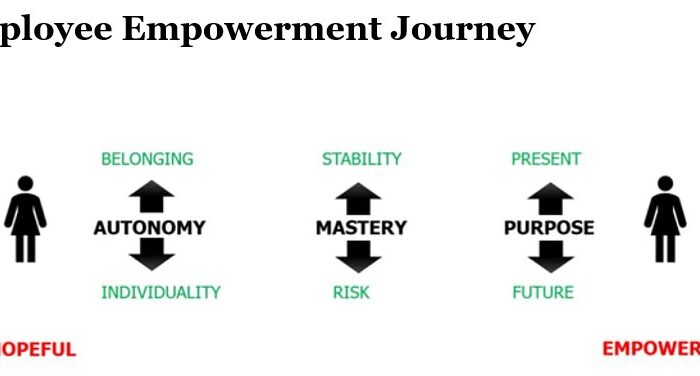Sure, you could read a detailed explanation of how Franking Credits work in Australia, written by a Quant using math no-one understands. Or you could read this 2 minute version by me.
Let’s say (for simple numbers) that you own 10% of a Company and that Company makes $100,000 profit.
The company will pay Corporate Tax on the $100,000. Again, for simplicity, let’s say the Company is in the 30% Tax Bracket (it’s probably not at that size, but I like basic sums). So the company pays $30,000 in tax. It has $70,000 left, and it decides (because profit magically equals cash in this spherical-cow universe) to pay all of that out as Dividends.
Since you own 10% of the company, you receive $7,000 in cash.
In a world where Franking Credits didn’t exist, you would owe tax on that $7,000. Say you’re in the 37.5% tax bracket, you pay $2,625.
The outcome in that world is that:
- Your part of a company made $10,000 profit, and
- You ended up with $4,375 in your pocket.
Wait a minute! That means the company paid a tax rate of 56.25%! Do we want to live in a world where profitable companies are rewarded by having 56% of their profits taxed?
If you were on the top personal tax rate around 47% the figures would be even worse – 62.9% of the company profit would have been paid in tax.
NB: I don’t tend to feel a lot of sympathy for people making $180,000+ who then have to pay more tax. But I’m explaining how Franking Credits work in Australia, not why Franking Credits exist in Australia, or whether Franking Credits are the fairest possible tax regime! And I think we all agree that at some level between 0% and 100% tax rates that are too high are a disincentive for the risk-taking that creates jobs in privately-owned businesses.
So government, in its wisdom, implemented Franking Credits. These basically just mean that when your dividend has already been corporate taxed (Franked) you receive an equivalent credit on your personal tax. As I understand it:
- The whole $10,000 is attributed to your income
- In the 37.5% bracket this would mean you owe $3,750 in tax
- BUT the tax already paid ($3,000) is credited to you.
- Now you only owe $750 and end up with $6,250 in your pocket.
Explained kinda like this, it makes sense as policy. Why should company profits be taxed twice – once at the company level, and once again when the owner receive their fair profits? Better to create a system where the company is taxed, and then if the owner’s tax rate is higher they pay a little more to top the government up.
Where Franking Credits become controversial is the more recent (Howard-era) decision to allow refunds when the owner’s tax rate is lower.
At the extreme, say you own that 10% but have no other income. So you have a 0% tax rate:
- Now that $3,000 Franking Credit doesn’t just reduce your tax rate …
- The government will actually send you a cheque for $3,000!
We’ve gone from a world where the company tax rate could have been 62.9% … to one where the company tax rate could be 0%.
As I say, I’m not sure where in the range from 0%-100% taxation needs to lie to get the right balance between funding an equitable society and screwing small business owners who take a punt and manage a level of success.
But I’m pretty sure 62.9% is too high; and much as I’d love to pay it, I’m pretty sure 0% is too low.





